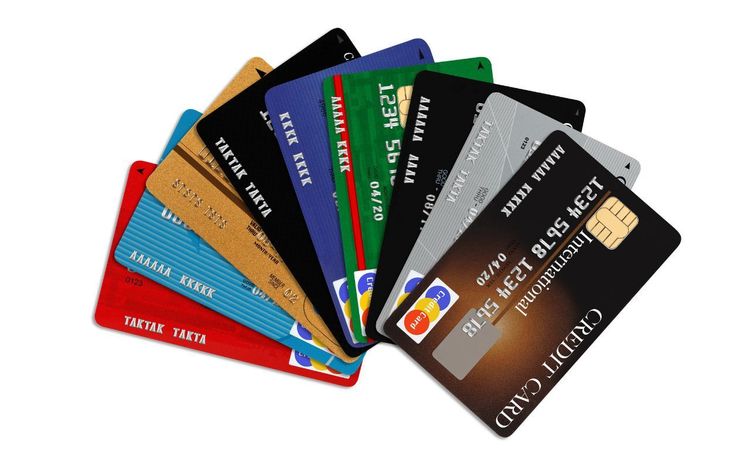Winter can be beautiful, but it’s also unpredictable. Snowy roads and icy conditions make driving tougher and riskier. Staying safe behind the wheel requires preparation, patience, and focus. The cold season doesn’t forgive mistakes, so every driver should take precautions.
Driving in winter means adapting to a new set of challenges. Frozen roads reduce traction, making even short trips tricky. Your car, habits, and attention must work together to keep you safe. Let’s explore the most practical Winter Driving Tips that help you handle any slippery road confidently.
Ensure Your Vehicle Is Prepared for Winter Driving
Before heading out, your car should be ready to face freezing temperatures and snow. Think of it as your first layer of defense. Preparation reduces the chance of unexpected breakdowns in harsh weather.
Check your tires first. Winter tires or all-season tires with deep treads improve traction on snow and ice. Don’t rely on worn-out rubber; it can easily cause you to skid.
Keep your battery strong. Cold weather drains batteries faster. If it’s more than three years old, test or replace it. Weak batteries often fail on the coldest days.
Top up essential fluids. Use winter-grade windshield washer fluid and antifreeze. These prevent freezing and maintain clear visibility. Clean wiper blades also help against fog and snow buildup.
Always keep an emergency kit. Pack blankets, flashlights, jumper cables, water, and snacks. You never know when you’ll need them.
A little preparation now saves a lot of trouble later. Your vehicle’s condition could mean the difference between a safe journey and a roadside wait in freezing temperatures.
Drive Smoothly and Slowly
Speed is the enemy of control on icy roads. Quick moves can send your car spinning in seconds. Winter driving demands smooth, steady inputs and slower speeds.
Accelerate gradually. Hard acceleration causes tires to lose traction. Gentle pressure on the gas pedal keeps your car steady.
When slowing down, do it early. Stopping distances on snow or ice are much longer. Give yourself extra space and time to react.
Avoid sudden steering movements. A sharp turn can lead to a slide, even at low speeds. Smooth steering helps maintain balance and direction.
Driving slowly isn’t just about safety; it’s about control. Arriving late is better than not arriving at all.
Brake Before Making Turns
Turning on ice requires care. Always brake before you enter a curve. Never hit the brakes while turning—it can send your car spinning.
Approach corners slowly. Start braking gently while the wheels are straight. Once you’ve slowed down enough, ease off the brake and steer through the turn.
As you exit, gently accelerate. That helps your tires regain grip and stability.
Imagine your tires like shoes on a skating rink. Braking and turning together confuse them. Give each motion its moment, and you’ll glide safely instead of sliding wildly.
Don’t Tailgate
Keeping distance is critical in winter. The rule of thumb: double or even triple your usual following distance.
Snow and ice increase stopping distances dramatically. Tailgating leaves no room for error. If the car in front suddenly brakes, you won’t have enough time to stop safely.
Maintain at least eight to ten seconds of space between vehicles. Pick a landmark, like a sign or tree. When the car ahead passes it, count before you reach it.
Remember, it’s not just about your brakes. The other driver might slide too. Distance gives everyone room to correct mistakes without collisions.
Learn How to Control Skids
Every driver should know what to do when the car starts to skid. It’s scary but manageable with the right reaction.
When your rear wheels skid, steer in the same direction they’re sliding. This helps align your tires again. Don’t oversteer—gentle corrections work best.
If your front wheels skid, ease off the gas and shift into neutral. Let the car slow down naturally. Avoid slamming the brakes.
Practice makes perfect. If possible, find an empty parking lot after snowfall and practice skid recovery. Learning control in a safe space prepares you for real roads.
Lights On
Visibility drops during winter. Snow, fog, and early sunsets make it hard for others to see you. Always drive with your headlights on, even during the day.
Headlights aren’t just for your benefit. They help other drivers spot your vehicle early, especially in heavy snowfall.
Keep lights clean. Snow and slush can cover them quickly, reducing brightness. A quick wipe before every trip helps maintain full visibility.
Don’t use high beams in fog or snow—they reflect light back and blind you. Low beams work better and reduce glare.
No Cruise Control
Cruise control might be convenient, but it’s dangerous on slippery surfaces. It prevents you from feeling road changes through your pedal.
When your car starts sliding, cruise control tries to maintain speed instead of slowing down. That makes recovery harder.
Stay in full control of your speed. Use your foot to adjust power as road conditions shift. You’ll react faster and safer than any system can.
Don’t “Pump” the Brakes
Modern vehicles have anti-lock braking systems (ABS). These systems automatically pump the brakes for you. Pumping manually confuses them and reduces effectiveness.
If you feel vibration in the brake pedal, it means ABS is working. Keep steady pressure and let it do its job.
For older cars without ABS, gentle rhythmic braking works better. Never stomp or pump randomly—it causes loss of traction.
Braking should always be calm, steady, and smooth. The more deliberate your actions, the safer your drive becomes.
Pay Attention
Winter driving demands total focus. Roads can change from dry to icy in minutes. One distracted moment can cost control.
Put your phone away. Keep both hands on the wheel and eyes on the road ahead. Multitasking and winter driving don’t mix.
Watch for patches of ice, especially on bridges and shaded roads. Black ice is invisible but extremely slippery.
Also, monitor other drivers. Not everyone follows safety tips, so stay alert to unpredictable behavior.
A clear mind and sharp attention are your best defenses. Remember, focus is free but priceless when conditions worsen.
Conclusion
Winter driving doesn’t have to be stressful. Preparation, patience, and awareness make all the difference. Equip your vehicle, slow your pace, and stay alert.
Remember the basics—smooth movements, safe distances, and steady braking. Avoid cruise control, keep lights on, and respect the weather.
Driving carefully not only protects you but also everyone sharing the road. Winter may be harsh, but smart habits can outsmart the cold.
So, next time snowflakes start falling, don’t panic. Take a breath, start slow, and apply these Winter Driving Tips to stay safe wherever the road leads.




